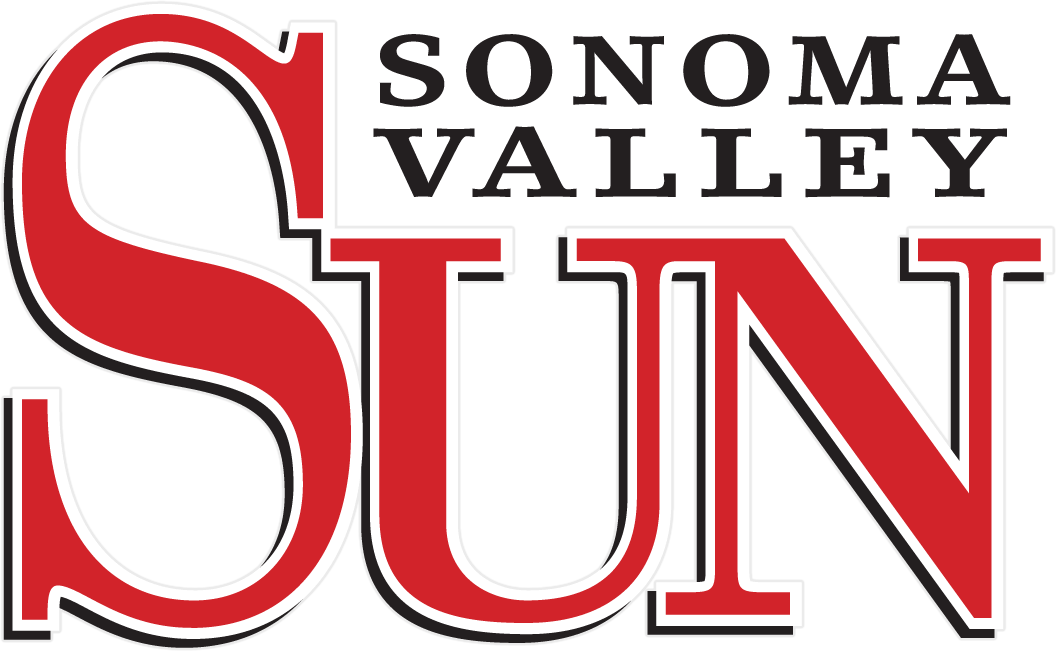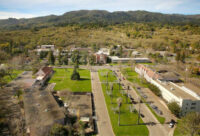Disadvantaged communities in California are specifically targeted for investment of proceeds from the state’s Cap-and-Trade Program.
The County of Sonoma’s General Plan Environmental Justice and Safety Element Updates now include such investments; however, the Sonoma Valley is not yet included in the areas slated to receive such funding.
These investments are aimed at improving public health, quality of life and economic opportunity in California’s most burdened communities, and at the same time, reducing pollution that causes climate change. The investments are authorized by the California Global Warming Solutions Act of 2006 (Assembly Bill 32, Nunez, 2016).
In 2012, Senate Bill (SB) 535 (De León, Chapter 830, Statutes of 2012) established initial requirements for minimum funding levels to “Disadvantaged Communities” (DACs). The legislation also gives CalEPA the responsibility for identifying those communities, stating that CalEPA’s designation of disadvantaged communities must be based on “geographic, socioeconomic, public health, and environmental hazard criteria”.
In 2016, Assembly Bill (AB) 1550 (Gomez, Chapter 369, Statutes of 2016) directed CalEPA to identify DACs and also established the currently applicable minimum funding levels:
- At least 25 percent of funds must be allocated toward DACs
- At least 5 percent must be allocated toward projects within low-income communities or benefiting low-income households
- At least 5 percent must be allocated toward projects within and benefiting low-income communities, or low-income households, that are outside of a CalEPA-defined DAC but within ½ mile of a disadvantaged community.
The County of Sonoma is updating its General Plan Public Safety Element and developing a new Environmental Justice Element. The project will develop goals and policies to protect the public from unreasonable hazard risks and to prioritize the needs of environmentally burdened and under-resourced communities.
Senate Bill 1000, signed into law in 2016, mandates that local agencies designate low-income communities that are disproportionately affected by environmental burdens (“disadvantaged communities”), and adopt environmental justice goals, objectives, and policies into the General Plan to address the unique or compounded health risks in these areas. The County is preparing environmental justice policies simultaneously with the Safety Element update.
All jurisdictions in California are required to have a Safety Element as part of their General Plan. Sonoma County’s current Public Safety Element was adopted in 2014 and addresses protection from geologic hazards, flood hazards, wildland fire, and hazardous materials. The Safety Element update will incorporate and build upon the findings of the recently updated Sonoma County Multi-Jurisdictional Hazard Mitigation Plan to identify known hazards, assess vulnerability, and develop goals, policies, and strategies to protect people and property.
What are the goals of the Safety and Environmental Justice General Plan Updates?
Safety Element Goals
- Identify known hazards and risks in the County, and assess vulnerability to hazards.
- Evaluate the County’s vulnerability to climate change and propose strategies for climate resilience, with a special focus on adaptation for disadvantaged communities.
- Evaluate the capacity, safety, and viability of potential evacuation routes and locations under a range of emergency scenarios.
- Identify residential developments that do not have at least two emergency evacuation routes;
- Create policies for equitable community safety.
- Comply with all State law requirements for safety elements.
Environmental Justice Goals
- Identify Environmental Justice (EJ) Communities (called disadvantaged communities by the State).
- Assess vulnerability to pollution and other environmental burdens in those communities.
- Create policies to invest in the health, safety, and resilience of disadvantaged communities.
- Create policies to strengthen meaningful civic engagement in the planning process.
- Comply with all State law requirements for environmental justice elements.
Equity Working Committee
Permit Sonoma has assembled an Equity Working Committee (EWC) composed of community members and led by County staff to help shape the General Plan environmental justice policies and Permit Sonoma’s various risk reduction planning projects for wildfire and other hazards. The goal is to center the experience of under-resourced and under-represented communities to foster more equitable community resilience.
Members of the EWC will advise staff, review draft concepts, serve as community ambassadors to help publicize engagement events, and participate in the planning effort. While the committee is not a decision-making body, members’ experiences and expertise will support a more inclusive process that elevates voices most impacted by environmental justice.
Learn more: Equity Working Committee
Frequently Asked Questions (FAQs)
What is environmental justice?
The State defines environmental justice (EJ) as “the fair treatment and meaningful involvement of people of all races, cultures, incomes, and national origins, with respect to the development, adoption, implementation, and enforcement of environmental laws, regulations, and policies,” (Government Code § 65040.12(e)).
What are EJ Communities (also known as disadvantaged communities)?
State environmental agencies designate certain areas of California as “disadvantaged communities” using CalEnviroScreen, a mapping tool that depicts the census tracts in California that are most affected by pollution and other health risks. Census tracts receiving the highest 25 percent of overall scores in CalEnviroScreen and all lands under the control of federally recognized Tribes are designated as disadvantaged. In the unincorporated area of Sonoma County, four areas are State-designated disadvantaged communities:
- Census Tract 6097153200 (unincorporated southwest Santa Rosa)
- The Stewarts Point Rancheria
- The Kashia Coastal Reserve
- The Dry Creek Rancheria
Map of the above areas – from the California Office of Environmental Health Hazard Assessment (OEHHA)
The County recognizes that the State’s designation of disadvantaged communities does not fully represent the environmental and socioeconomic vulnerability of communities in Sonoma County. The County project team and the Equity Working Committee developed a methodology tailored to Sonoma County to identify low income communities with disproportionate environmental burdens. These areas are considered the County’s draft Environmental Justice (EJ) Communities and are located throughout the County.
How can I participate in the update process?
Diverse public input is crucial to ensure the policies and programs resulting from the update process reflect the priorities and values of Sonoma County’s residents and workers.
Here are some ways to get involved:
- Sign up for General Plan project email updates.
- Contact the project team with questions.
- Participate in upcoming engagement opportunities such as surveys, focus groups, public meetings, or other events (dates will be announced via email and posted on this webpage).
Project Documents
- Environmental Justice Technical Report (PDF) is a desktop assessment of the environmental justice issues in Sonoma County. The report also identifies the County’s draft EJ Communities and the methodology used to define those areas.
- Climate Change Vulnerability Assessment (PDF) is an evaluation of potential climate change impacts on unincorporated Sonoma County’s community members, parks and natural resources, agricultural operations, and critical facilities, buildings, services, and infrastructure.
- General Plan Safety and EJ Elements Project Fact Sheet – English (PDF)
- General Plan Safety and EJ Elements Project Fact Sheet – Spanish (PDF)
Resources
- Current General Plan Public Safety Element (2014)
Read the County’s current Public Safety Element. - Sonoma County Multi-Jurisdictional Hazard Mitigation Plan (2021)
Review the County’s most recent Hazard Mitigation Plan, which includes hazard information and maps, and a list of potential mitigation strategies. - Community Wildfire Protection Plan (2023)
Review the County’s most recent Community Wildfire Protection Plan (CWPP), which provides wildfire hazard and risk assessments, risk reduction strategies, and a list of risk reduction project priorities.
Project Team
- Katrina Braehmer and Claudette Diaz, Project Managers
- Ross Markey, Comprehensive Planning Manager
Contact: GeneralPlan@sonoma-county.org
Information for this article provided by the County of Sonoma





Be First to Comment